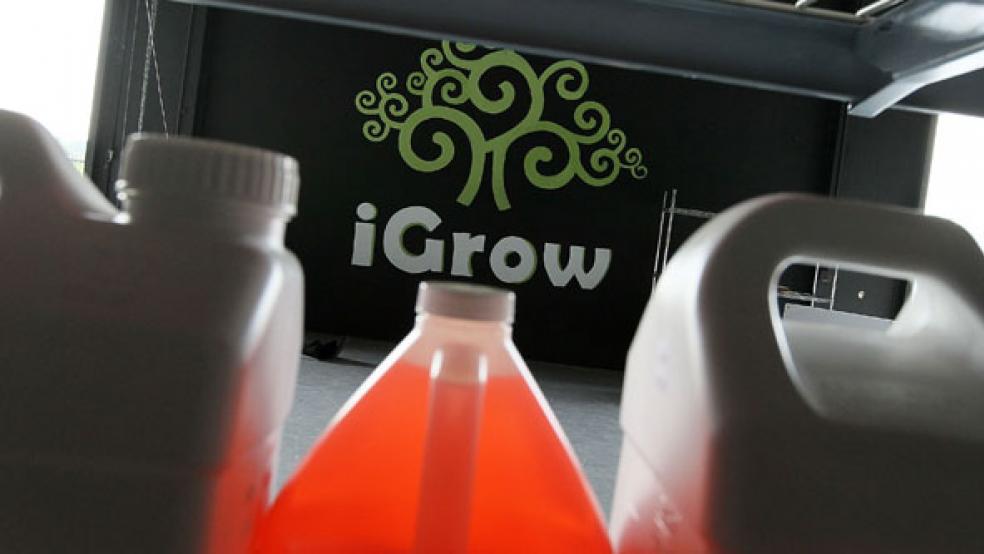After rocketing some $500 in the first eight months of the year, gold prices are tumbling once more as investors take an increasingly bearish view of commodities markets in general. For most commodities, that skepticism is warranted, but gold’s nosedive in recent trading sessions and predictions by some that it will fall to $1,400 an ounce in coming weeks, well below the September record of $1,923.70, has some market watchers raising their eyebrows. After all, isn’t gold a different kind of commodity – a sort of safe haven, an asset that serves as a refuge from uncertain economic times and volatile markets, just the kind that we have lived through in the second half of 2011?
Yes, but…. The gold market has changed a great deal in recent decades. It has never really been dominated by end-users in the way that the markets for copper, soybeans and crude oil ultimately are, but with every year that has passed, the role of speculators in the gold market has grown. Investors no longer buy gold bars and stash them in bank vaults; they snap up gold ETFs or other derivatives tied to the price of gold, and can buy or sell whenever they want. Long-term investors, who want to maintain a strategic allocation to gold in their portfolios, have given way to speculators eager to jump on or off the bandwagon as momentum dictates.
There is still more than $100 billion of gold held in easy-to-sell exchange traded vehicles, by some estimates; investors who don’t want to lose more or who want to hang on to what is left of any profits may well add to the selling pressure. The changes to the ways in which gold can be purchased and the much broader investor base has dramatically changed its nature as a “safe haven.”
So, are there any “safe” commodities left in which to invest? If you listen to the economists, probably not. Forecasts of a slowdown in global growth next year are common; that will wreak havoc on demand for everything from copper to crude oil and not surprisingly, their prices have come under siege. But there is one intriguing option: potash. True, potash is one of those commodities that never really glitters like gold; rather, it lurks in the shadows. It’s not traded on the futures markets – you would have to invest indirectly, via stocks of producers like Potash Corp. of Saskatchewan (POT) and The Mosaic Company (MOS). But the absence of a futures contract also means potash prices haven’t been the focus of speculation.
Not that potash prices don’t face any risks. Shelley Goldberg, a Roubini Global Economics analyst who late last week produced a report analyzing the potash market, concluded that there are in fact many risks involved: Cash-strapped farmers may cut back on fertilizer purchases for a year or two without harming productivity, and there’s some short-term downside risk to both the commodity price and the stock prices. Still, the long-term fundamentals remain relatively upbeat. Demand for agricultural productivity isn’t going to abate, particularly in emerging markets like China, India and Brazil.
Global demand was expected to climb 11 percent this year, and even if the rate of growth in demand from China ebbs, Indian needs are likely to more than compensate as that country tries to become self-sufficient in foodstuffs, especially grains. (Goldberg points out that India’s fertilizer budget is bigger than its military budget....)
With that in mind, when designing a portfolio for 2012, you might want to think about including shares of Potash Corp. of Saskatchewan, which ended last week at $39.50. Largely bullish analysts expect to hit $60. Or, if you’re still in the mood to gamble a bit, there’s upstart Western Potash (WPX.TO), the development-stage player that now trades for C$1 a share on the Toronto Stock Exchange; analysts rate it a “speculative buy” and say its share price could double – that is if it isn’t acquired by one of the behemoth players in the industry or Chinese or Indian interests.



